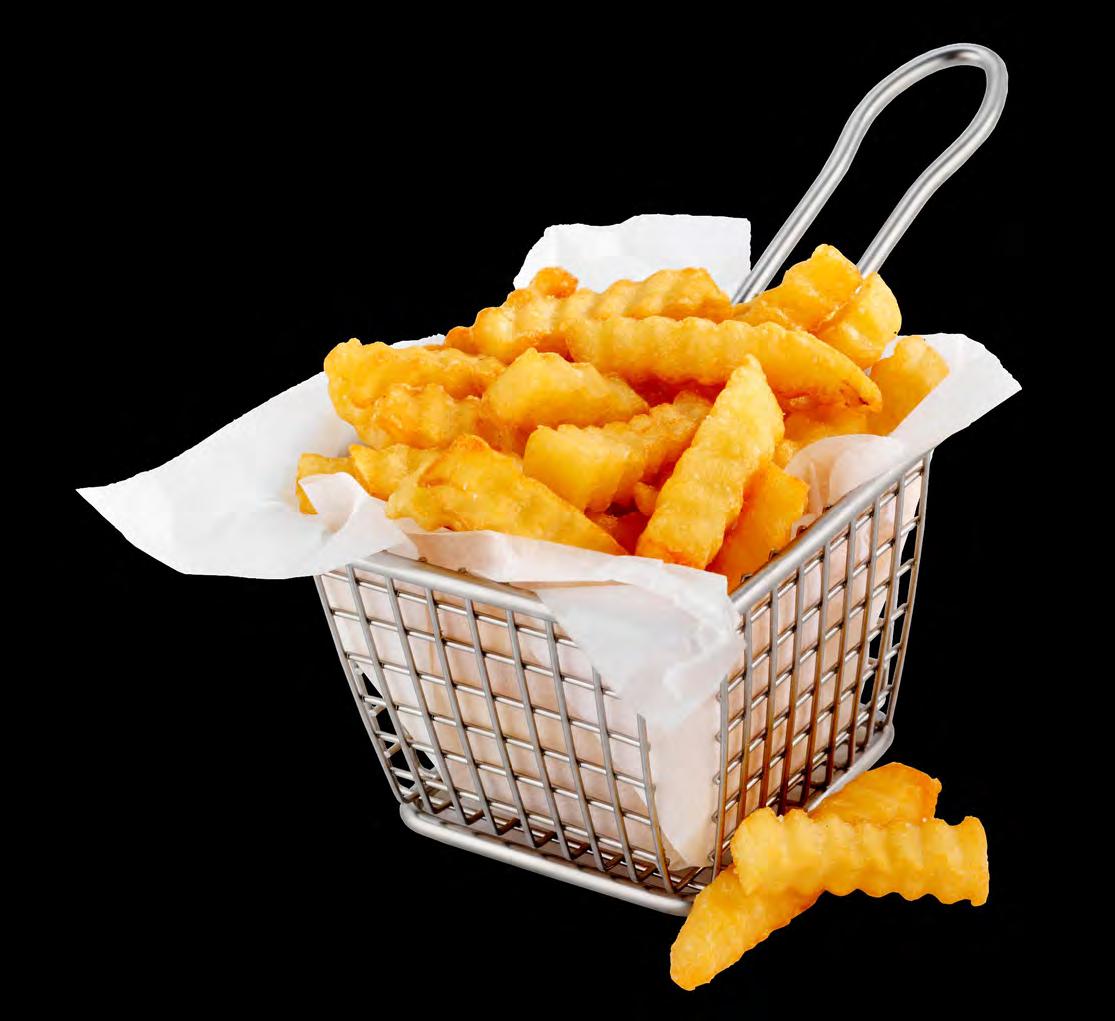

Costing Best Practices for Food Producers
Accurately calculating true costs and margins is critical for food businesses like yours. But it’s not always a simple equation—and you can’t use a “one size fits all” approach when it comes to your methodology.
Consider, for example, a mid-sized candy producer with a mission of excellent customer service. They’re used to adjusting orders at the last second to fulfill late requests and modifications to orders.
If they calculate their margins based only on the obvious factors—costs of materials and labor—but neglect to include the time lost in reacting to shipment updates and the overages they incur as a result, their calculations won’t reflect reality, and they could lose money as a result.
That’s why it’s essential to determine the optimal costing method for your food business—it’s all about having the right tool for the job. Read on to learn which methods work best in certain scenarios.
Method 1: Work Center Standard, Rate per Hour
This one’s pretty simple. If all items going through a particular work center have the same labor and overhead costs, and there are no changes to these rates from one run to the next, this method can give you accurate results with minimal complexity.
Imagine a production process that involves a single machine and one operator who only needs to load ingredients and monitor progress—those are the sort of circumstances that make for a clear use-case of this method.
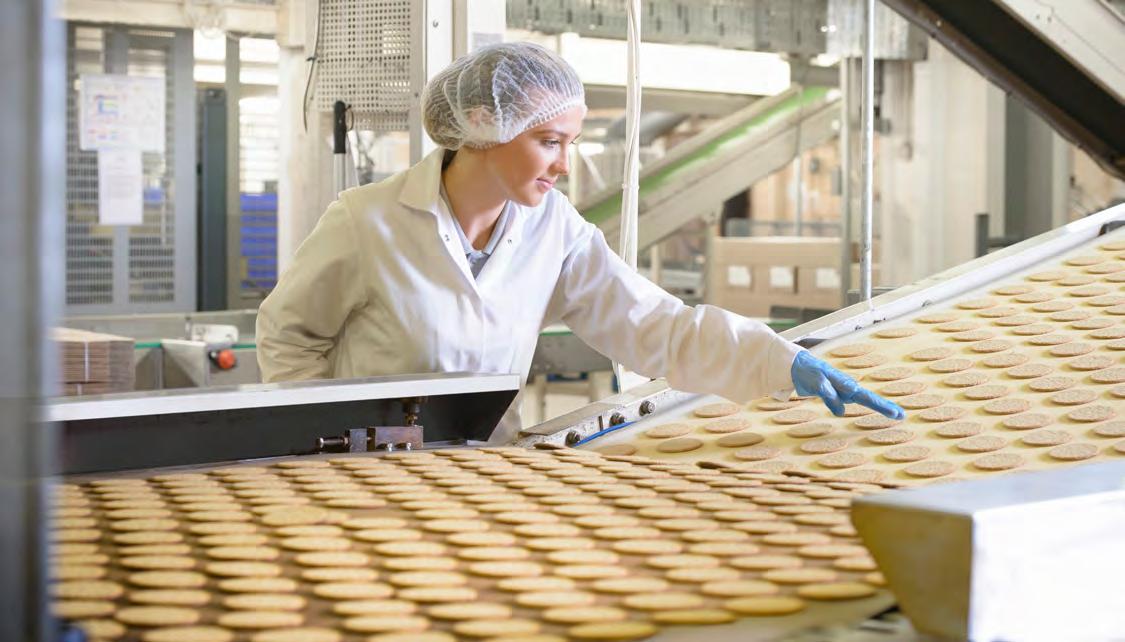
Best application: All items going through a particular work center have the same labor and overhead costs, and there are no changes to these rates from one run to the next.

How labor and overhead costs are applied: Costs accumulate based on the work center’s setup runtime hours.
Typical business scenario: Processes involving employees needed to monitor equipment.

Method 2: Work Center Standard, Rate per Unit
There’s one key difference between this method and the prior—instead of being concerned with production time, here we’re interested in the number of units produced. This would be the ideal approach when all items going through a particular work center have the same labor and overhead costs, and there are no changes to labor- and overhead-per-unit rates from one to the next.
How about an example? A situation that would call for this method would be for goods on a production line that ends in a packaging station. While occasional slowdowns on the line might affect the packaging time, you’d be more concerned with the figure as calculated under normal conditions, as that gives you an accurate assessment without muddying the waters.
Best application: All items going through a particular work center have the same labor and overhead costs per unit, and there are no significant changes to labor and overhead per unit rates from one run to the next. How labor and overhead costs are applied: Costs accumulate based on the quantity produced at a specific work center.
Typical business scenario: An operator is packaging finished goods at the end of the production line that occasionally slows down due to upstream holdups. We don’t want to recalculate the cost of each unit based on these occasional slowdowns; we want the same overhead allocated to all units produced.
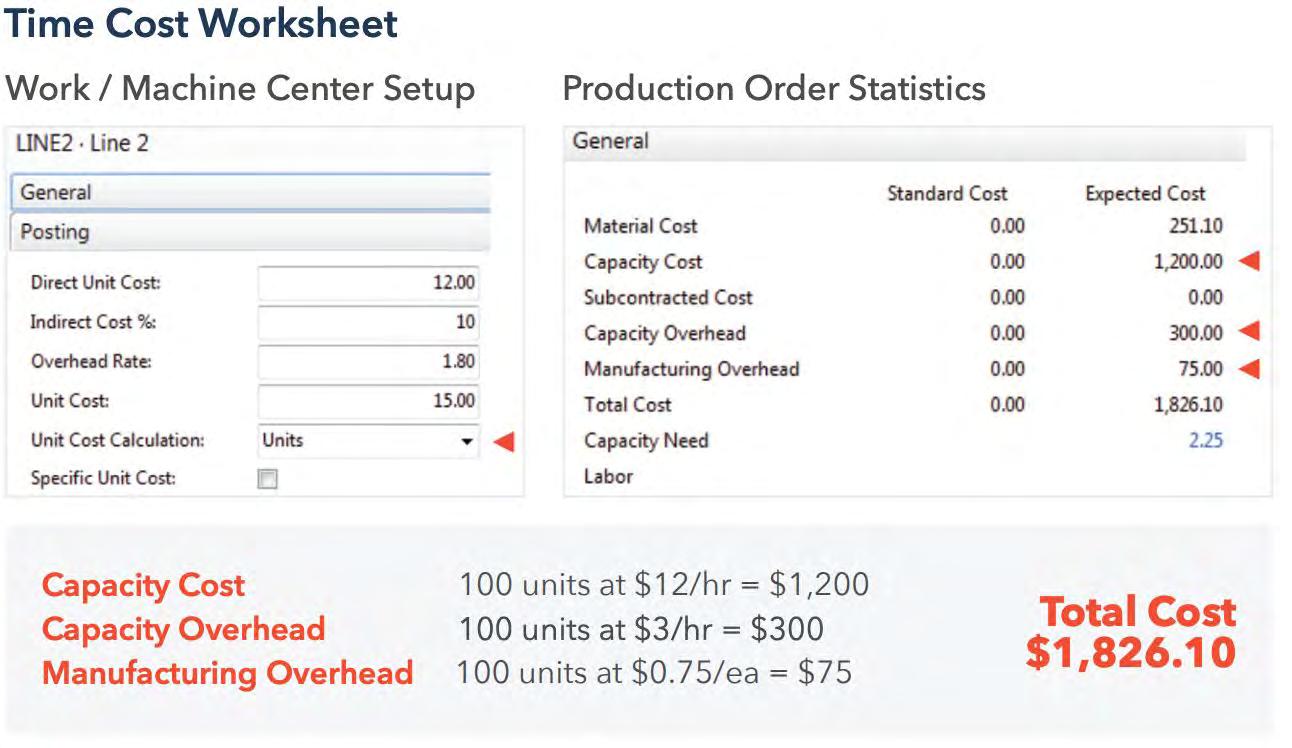
Method3:RoutingOperationStandard,RateperHour
Calculating costs with this method are a bit more complex. Why bother? This is the approach to take if two or more products share a common production process and labor and overhead rates, but one requires more labor and overhead than the other.
Here, we treat labor and overhead as a single cost, as it isn’t important to differentiate, and the rates will be the same regardless of the product. What you do need to capture, however, is the difference in the amount of labor and overhead—in minutes or hours—between the two products.
Bestapplication: All items going through a particular production process (the routing operations) have the same labor and overhead hourly rate, and there are no significant changes to labor and overhead hourly rates from one run to the next.
Howlaborandoverheadcostsareapplied: Costs accumulate based on the routing operations’ setup and runtime hours.
Typicalbusinessscenario: A blending operation requires one operator to load ingredients when running product A, but it requires two operators when running product B due to the speed of the line. Although the work center is the same for both products, the labor and overhead costs vary by product based on an hourly rate.
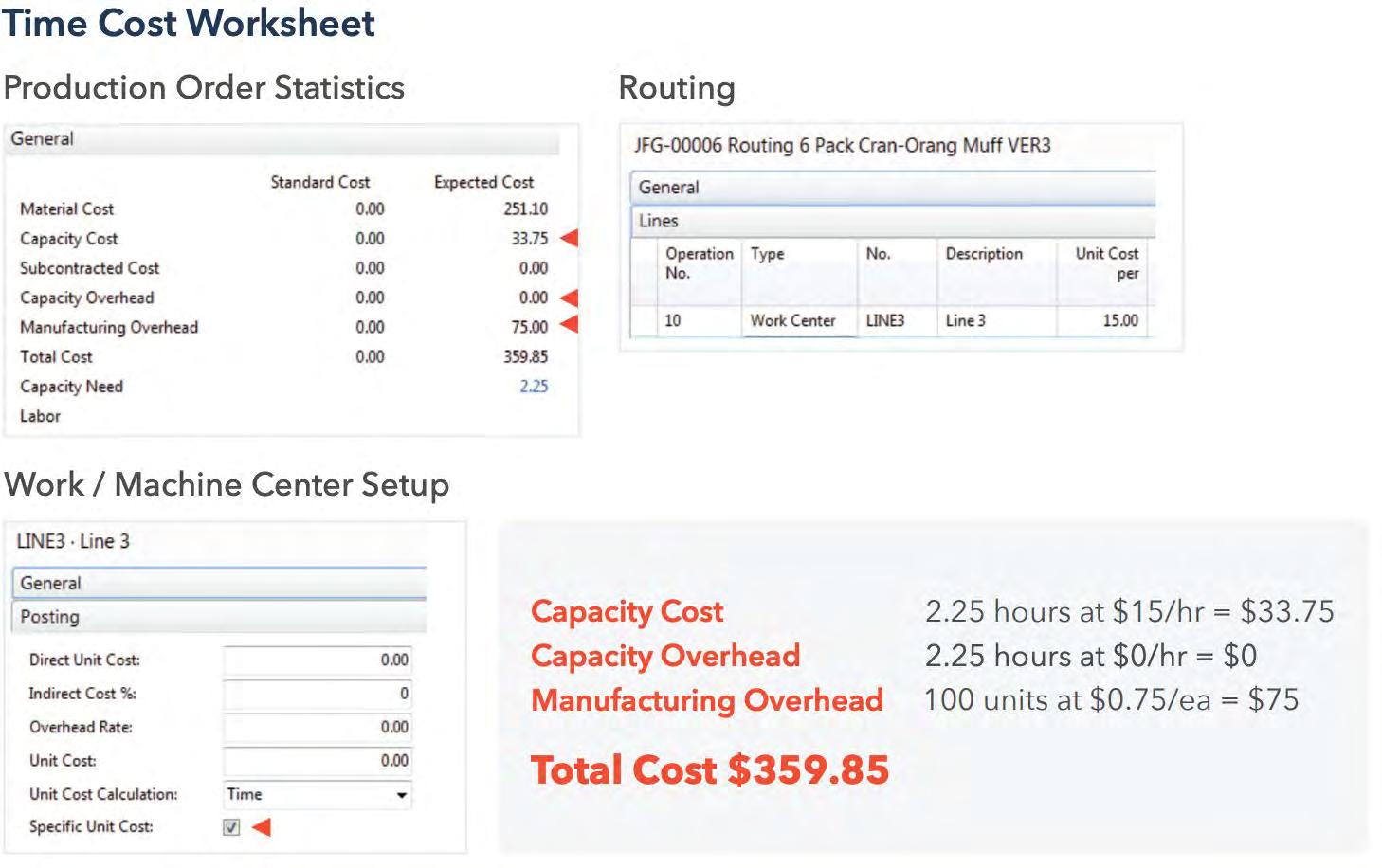
Method 4: A Hybrid of Methods 2 and 3
So, what if two products share a production process and labor and overhead rates, but vary only in labor costs due to one requiring more work hours? Because these circumstances are similar to those that make Methods 2 and 3 ideal, respectively, we can combine those approaches to make our calculations.
As with Method 3, labor and overhead can be treated as one cost, but it will vary between the products due to the difference in labor necessary.
Best application: All items going through a particular production process (the routing operations) have the same labor and overhead hourly rate, with no significant changes to labor and overhead hourly rates from one run to the next.
How labor and overhead costs are applied: Costs accumulate based on the routing operations’ setup and runtime hours.
Typical business scenario: A blending operation requires one operator to load ingredients when running product A, but it requires two operators when running product B due to the speed of the line. Although the work center is the same for both products, the labor and overhead costs vary by product based on an hourly rate.
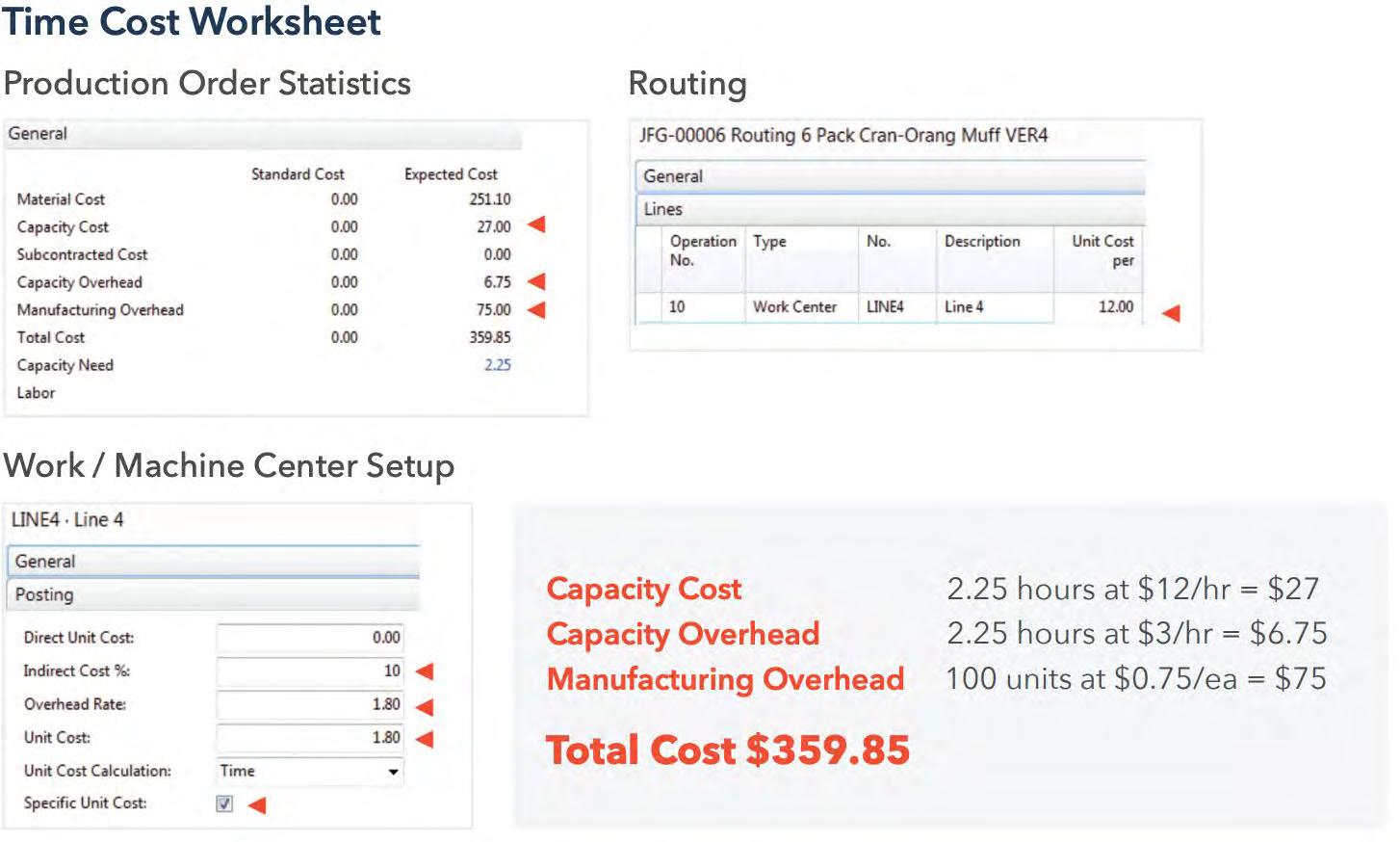
Method 5: Production Bill of Materials (BOM)
In the case of constantly changing labor and overhead rates, it may seem like calculating costs is near impossible, but there’s a method for that, too. What’s the secret? Treating labor and overhead as items on the bill of materials—think of them as “ingredients.”
This approach is particularly useful with products that begin as fresh produce, as the variance in the quality and size of the original materials will vary, resulting in frequent fluctuations in labor and overhead rates.
Best application: All items going through a particular work center have the same labor and overhead costs, but labor and overhead rates are constantly changing.
How labor and overhead costs are applied: Costs accumulate based on the work center’s setup runtime hours.
Typical business scenario: An operator monitors running equipment.
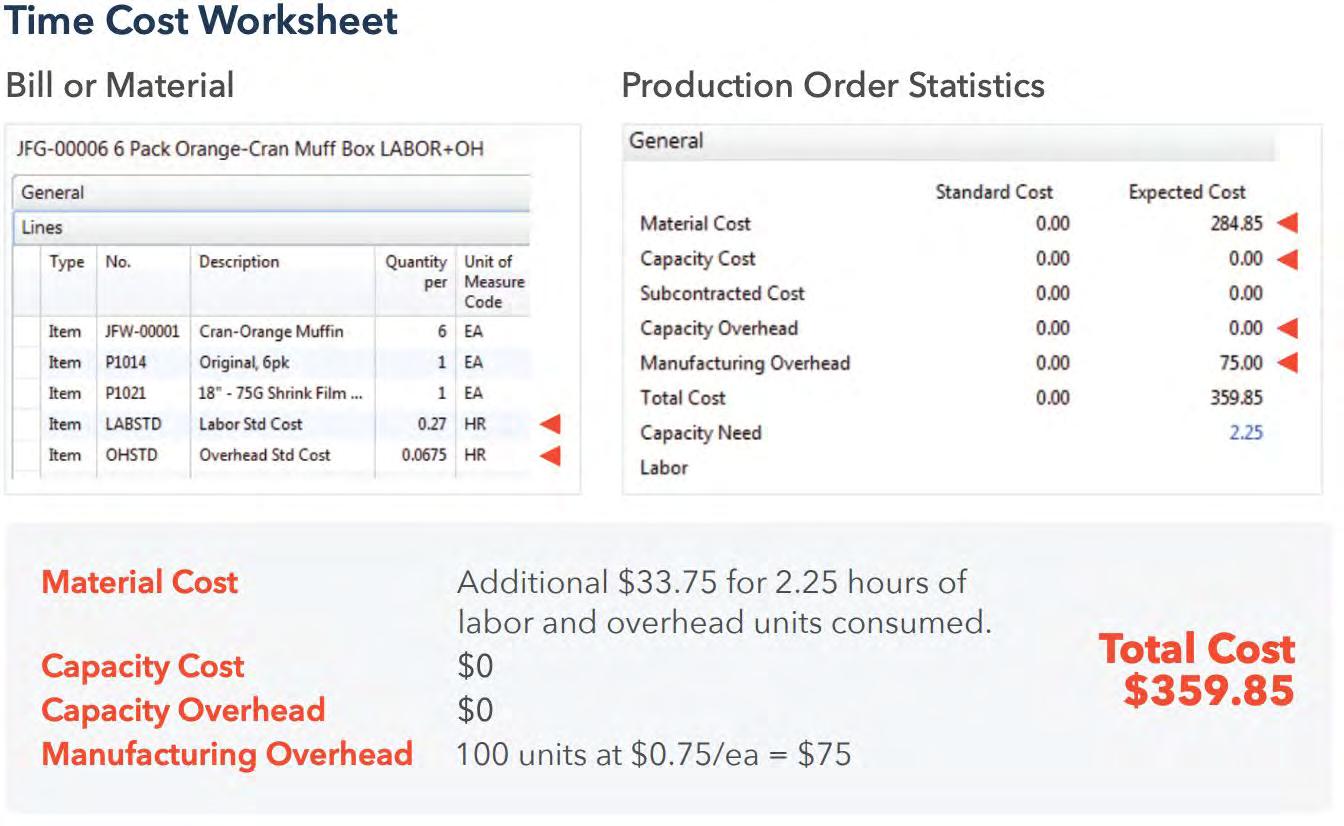
Apply These Methods, Reclaim Lost Costs
With these methods laid out, now it’s time for you to examine your own processes, compare to these examples, and optimize your approach accordingly. Find the right equation for your situation and use it to gain insights on your costs and how your business needs to adapt.
If you’re feeling a bit overwhelmed, don’t worry—industry experts are ready to help. It’s important, though, that these are experts in not just costing, but in food industry costing, specifically.
We at Aptean have just this kind of expertise, so contact us to get ready for what’s next, now.
Are You Ready to Learn More?
Interested to see how Aptean can help you better manage your food company?

Contact us at info@aptean.com or visit www.aptean.com
About Aptean
Aptean is one of the world’s leading providers of industry-specific software. Our enterprise resource planning and supply chain solutions are uniquely designed to meet the needs of specialized manufacturers and distributors, while our compliance solutions serve specific markets such as finance and life sciences. With both cloud and on-premise deployment options, Aptean’s products, services and unmatched expertise help businesses of all sizes, across many industries, to scale and succeed. For more information, visit www.aptean.com.
